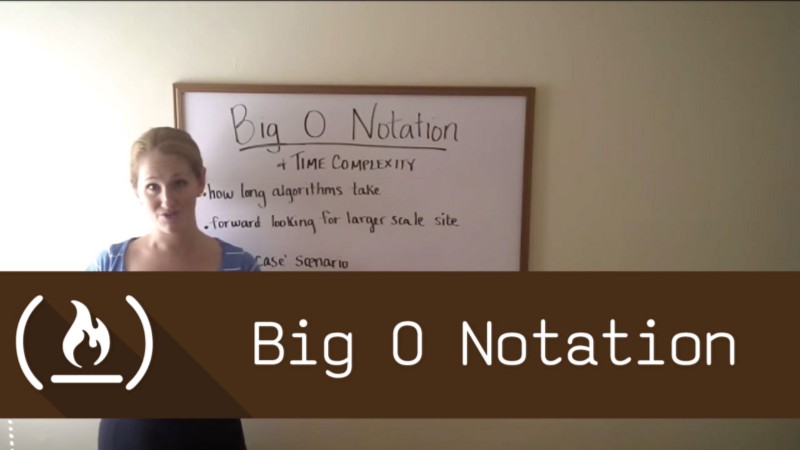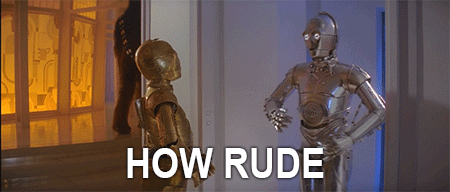by Briana Marie
How to Contribute to Free Code Camp’s Video Challenges

Free Code Camp is launching short instructional videos, called Video Challenges, aimed at teaching useful software engineering concepts to beginners. Each video is about 2 minutes long, and is followed by 2 or 3 true/false questions. You can learn from them on a computer in a library or your phone on the subway.
For examples, check out this YouTube playlist. These videos will be live on Free Code Camp in the near future (but you could sneak a peek on our beta).
Unlike Free Code Camp’s hands-on coding curriculum, Video Challenges emphasize theory over practice. Video Challenges explain concepts in easy-to-understand terms. They give you just enough of an understanding that you can recognize these concepts when you encounter them in the real world. And when you do, you’ll have the theoretical understanding you need to ask informed questions and google accordingly.
Like the rest of Free Code Camp’s open source curriculum, Video Challenges are created by our community. I started scripting and recording videos a few months ago, and now other campers are joining me. And you should consider contributing, too!
Video Challenges are a form of teaching. And teaching is hard. But these pointers will help.
Structuring, scripting, and recording a video can seem daunting, but it’s rewarding work. Whether you have experience as a teacher or not, you probably already know that it’s not just about the facts on the page.
Some things matter a lot when you’re teaching. Some of those thing have to do with your content, but most of them don’t.
The obvious — what you’re saying has to be accurate and contextually appropriate.

Okay, but what else?
Don’t make a Video Challenge unless you’re sure the content will make sense.

There are hundreds of topics that are important to know as a software engineer.
The reality is, some topics are simply too big to fit into the shoebox that is a two-minute video. Maybe a written tutorial would be a better way to acquaint someone with that particular subject.
The key distinction of a Video Challenge is that you should be able to watch it and store that high-level knowledge away fully — without needing practice.
Hack user energy with lighting

Lighting. Lighting is really important! It should be bright in the room, with your face and whiteboard/blackboard in full view.
Studies show that blue tones alert us, and orange tones make us feel tired and relaxed. Use this trick to your advantage to keep your viewers energetic.
Write stuff on the board before you film

Have examples, the title, or other text written on the board at the beginning of the video.
These short videos need to be jam-packed with information. Writing a simple explanation, definition, or example that you can refer to later will solidify knowledge and give the user an anchor.
Stand up with good posture

Stand up, don’t sit. Your posture should exude energy.
Dress to impress

Dress professionally, like you’re going to be presenting in front of thousands of people of diverse cultural backgrounds. Because you are.
Entertain your audience by moving your face and arms

Be visually expressive. If you mute a video, there should still be lots of nonverbal cues. Your face and arms should be moving and expressing contrast. Let your personality show through.
The more contrast you can pull off, the more entertaining your video is likely to be. This will prevent viewers from getting bored and spacing out.
Contrast also helps gives cues about the content. There is a lot of context to be shown nonverbally, and when the videos are so short, we need to take advantage of that.
Sound less like a robot and more like a stage actor

Vocal expressions matter.
Just as nonverbal cues are important for expressing context and engaging the user, tone, pitch, volume, and speed of voice are also important. Speak loudly and clearly, and not too quickly.
Move your voice around up and down when it’s appropriate. Most humans normally do this, but in videos like this, it’s imperative to exaggerate.
Changes in vocal tone catch people’s attention, and we want their attention when we’re trying to teach them something!
If you can’t say it in 7 words or less, find a better way to say it.

One of my most influential education professors, Dr. Charles Robinson, insists teachers deliver important content in “7 words or less”. If you can’t say it in 7 words or less, you aren’t saying it concisely enough.
If you need a script to do this, that’s totally fine. Personally, I give myself two to four short points to cover in the video, because that’s all I can really keep track of during filming.
Whatever your process, the outcome needs to be the same — get out the content in as few words as possible. Sound scripted, even if you’re not.
Tell them what you want to tell them. Then tell them again. Then tell them what you wanted to tell them.

Bookend every video with the “it”.
Tell the user at the beginning what they’re going to know by the end. Then in the middle, tell them that thing in as few words as possible. At the end, remind them what they just learned.
It may sound simple, but breaking complex concepts down into something a beginner can grasp is something even experienced teachers struggle with from time to time.
Try not to make cuts in the filming.

Ideally in editing, there are no cuts. Too many cuts will make the video seem less like one lesson and more like an edited compilation. If you have to make some, do so between main points and at natural breaks.
Try to make the visual transition as smooth and seamless as possible so users don’t even notice.
Record (and rerecord) to perfection.

When the outcome is a few minute video, it needs to be the highest quality content you can produce.
Watch out for any repetitive or unnecessary motions or sounds you may unconsciously be making. Keep an eye out as you review your videos. By the time you notice, ten students in a real classroom already would have.
For each two minute video you see, I probably recorded about twenty minutes of material. That’s me practicing saying the “it” of the video as concisely as possible.
I probably rambled a bunch, got facts just entirely wrong, my dog barked or cat meowed in the background, the AC kicked on too loud, there was a siren pass by, heck — who knows, maybe I burped or got the hiccups.
The point is, you need to keep rolling until you get it right.
Let’s get started!
Think you want to do this? Check out the current progress and help contribute to new Video Challenges on GitHub.